Crafts for Kids to Make for their Pets
Have you ever watched your child’s eyes light up as they play with their furry friend? It’s a magical sight, isn’t it? Engaging in crafts for pets not only sparks creativity in kids but also strengthens the bond they share with their beloved animals. Imagine the joy on your pet's face when they receive a handmade toy or a custom bowl! In this article, we will dive into a treasure trove of fun and creative craft ideas that kids can make for their pets. From DIY pet toys to personalized bowls and homemade treats, these projects are sure to entertain both kids and their furry companions.
Let’s kick things off with some DIY pet toys. Kids can unleash their creativity using simple household materials that you probably already have lying around. Think old socks, cardboard tubes, or even scraps of fabric. Not only are these toys easy to make, but they are also a fantastic way to keep your pets entertained. Imagine a cat batting around a colorful sock filled with catnip, or a dog tugging on a fabric rope made from old t-shirts. These projects allow children to express their artistic flair while giving their pets something fun to play with. Plus, it’s a win-win situation; less clutter in your home and happier pets!
Next up, let’s talk about personalized pet bowls. Every pet deserves a special place to dine, and what better way to do that than by letting your kids decorate their pet’s feeding dish? With paints, stickers, and decoupage techniques, the possibilities are endless! Imagine a bowl adorned with vibrant colors and fun designs that reflect your pet’s personality. Not only does this make mealtime more exciting for your pet, but it also gives kids a sense of ownership over their creation. They can even add their pet’s name to the bowl, making it a truly personalized piece!
When it comes to painting pet bowls, there are several techniques that kids can explore. Using acrylic paints, kids can create bold designs or even simple patterns like polka dots and stripes. A fun idea is to have them use sponges or brushes to create unique textures. For a more artistic approach, they could even try their hand at abstract art! The key is to let their imagination run wild, transforming an ordinary bowl into a colorful masterpiece that their pet will love.
Decoupage is another fantastic way to personalize pet bowls. This technique involves gluing cut-out images onto the surface of the bowl and sealing it with a protective layer. Kids can use pictures from magazines, wrapping paper, or even their own drawings. Imagine a bowl decorated with images of bones, fish, or even cartoon characters that your pet loves! Not only does this add a whimsical flair to your pet's feeding area, but it also allows kids to get creative with their design choices.
Now, let’s move on to something that every pet will adore: homemade pet treats. What could be more delightful than baking delicious snacks for your furry friend? Kids can help measure ingredients, mix them together, and even shape the treats into fun forms. This not only teaches them basic cooking skills, but it also creates a bonding experience as they work together to make something special for their pet. Plus, you can ensure that the treats are healthy and free from harmful additives!
Using healthy ingredients is crucial when making pet treats. Ingredients like oats, peanut butter, and pumpkin are great choices. They are not only tasty for pets but also packed with nutrients. By involving kids in the selection of ingredients, you can teach them about nutrition and the importance of feeding pets wholesome snacks. It’s a wonderful opportunity to instill healthy habits that can last a lifetime!
To make treat-making even more exciting, kids can use cookie cutters to create treats in fun shapes and sizes. Whether it’s bones, fish, or hearts, the options are endless! This hands-on activity allows kids to be creative and playful while ensuring that their pets receive tasty snacks they will love. Plus, it’s so much fun to watch pets eagerly anticipate their treats, especially when they come in such adorable shapes!
Unleashing creativity doesn’t stop at toys and treats; kids can also design costumes and accessories for their pets! Whether it’s a superhero cape for a dog or a flower crown for a cat, these projects allow children to showcase their artistic skills. Imagine hosting a pet costume party where pets strut their stuff in outfits made with love! This is a great way to encourage imaginative play and create lasting memories.
Last but not least, let’s talk about crafting cozy pet beds and blankets. Using fabric scraps or old clothes, kids can create warm and comfortable resting spots for their furry friends. Not only does this project promote creativity, but it also teaches kids about repurposing materials and sustainability. When they see their pet snuggled up in a bed they made, it’s sure to bring a smile to their face!
Introducing kids to simple sewing techniques can be a fun and rewarding experience. Basic stitches can be used to sew together fabric pieces, creating a cozy bed or blanket for pets. It’s amazing to see how a few simple stitches can transform fabric into something meaningful. Children will feel a sense of accomplishment knowing they made something special for their pets, and it’s a fantastic way to nurture their sewing skills!
Finally, let’s explore the concept of upcycling materials. Old clothes or fabric can be transformed into pet blankets, teaching kids about the importance of sustainability. This eco-friendly approach not only reduces waste but also allows kids to get creative with their designs. They can mix and match patterns, colors, and textures to create something unique and special for their furry companions.
Q: What materials do I need for DIY pet toys?
A: You can use household items like old socks, cardboard tubes, and fabric scraps. Get creative!
Q: Are homemade pet treats safe for my pet?
A: Yes! Just ensure you use pet-friendly ingredients and avoid harmful additives.
Q: Can kids help with sewing projects?
A: Absolutely! Simple sewing techniques are perfect for kids and can be a fun learning experience.
Q: How can I personalize pet bowls?
A: You can use paints, stickers, or decoupage techniques to add a personal touch to your pet’s feeding dish.
Q: What are some fun shapes for pet treats?
A: Use cookie cutters to create treats in fun shapes like bones, fish, or hearts!
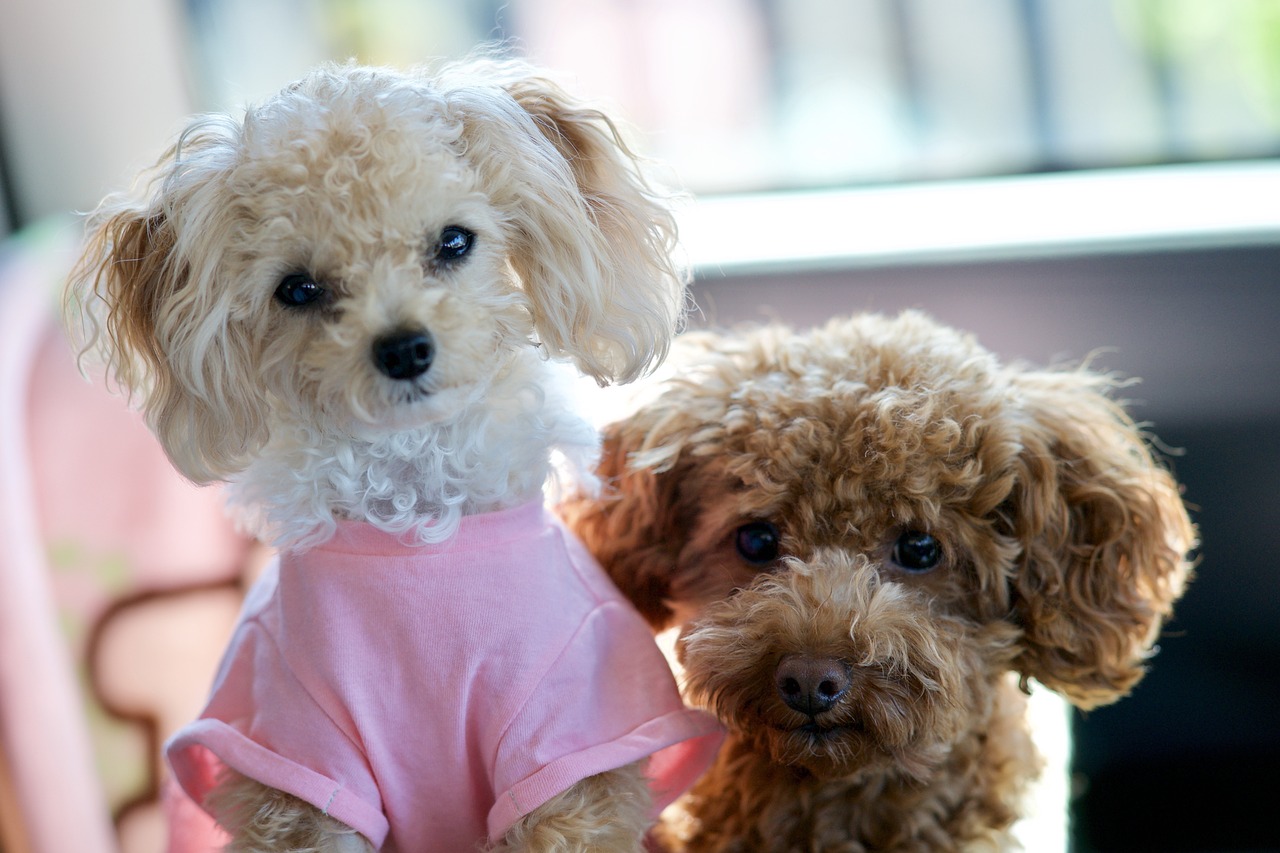
DIY Pet Toys
Creating is not only a fantastic way for kids to express their creativity, but it also provides endless entertainment for their furry companions. Imagine the joy on your pet's face when they discover a new toy made just for them! Using simple, everyday materials that you likely already have at home can turn a boring afternoon into a fun-filled crafting session. Not only will your child learn valuable skills, but they will also experience the joy of giving, as they watch their pets enjoy the fruits of their labor.
One of the simplest yet most effective toys to make is a sock ball. All you need is an old sock and some crumpled-up paper or fabric scraps. Just stuff the sock with the paper, tie it off at the end, and voilà! You have a soft, chewable toy that your pet will love. This project is perfect for younger kids, as it requires minimal supervision and is incredibly easy to assemble. Plus, it's a great way to teach them about reusing materials instead of tossing them away.
Another fun idea is to create a tug toy using old t-shirts. Simply cut the t-shirts into strips, braid them together, and tie the ends securely. This not only gives your dog a durable toy to tug on but also helps to strengthen the bond between your child and their pet during playtime. Tug-of-war is not just a game—it's a great way for kids to engage physically with their pets, teaching them about teamwork and patience.
For the more adventurous crafters, consider making a catnip toy for your feline friends. All you need is some fabric, catnip, and a little sewing skill. Cut out shapes like fish or mice, fill them with catnip, and sew them shut. Cats are known to go wild for catnip, and watching them play with a toy that your child made is sure to bring smiles all around. This project not only stimulates your pet's senses but also encourages kids to learn basic sewing techniques, enhancing their fine motor skills.
In addition to these ideas, you can also explore various interactive toys that challenge your pet’s mind. For example, create a simple puzzle toy by placing treats inside a cardboard box and sealing it shut. Your pet will have to figure out how to get to the treats, providing them with both physical and mental stimulation. This kind of play is essential for keeping pets engaged and preventing boredom, which can lead to destructive behaviors.
Here’s a quick summary of some DIY pet toy ideas:
| Toy Type | Materials Needed | Instructions |
|---|---|---|
| Sock Ball | Old sock, crumpled paper | Stuff sock with paper, tie off. |
| Tug Toy | Old t-shirts | Cut strips, braid, tie ends. |
| Catnip Toy | Fabric, catnip | Cut shapes, fill with catnip, sew shut. |
| Puzzle Toy | Cardboard box, treats | Place treats in box, seal it. |
Engaging in these DIY projects not only fosters creativity but also encourages a sense of responsibility and love for pets. So gather your supplies, roll up your sleeves, and get crafting! Your pets will thank you for the new toys, and your kids will cherish the memories made while creating something special for their furry friends.
Q: What materials are safe to use for DIY pet toys?
A: Generally, materials like old socks, t-shirts, and fabric scraps are safe. Just ensure that they are clean and free from harmful substances. Avoid small parts that could be swallowed.
Q: How can I ensure my pet enjoys the toy?
A: Observe your pet's preferences. Some pets love to chew, while others prefer to chase or tug. Tailor the toy to their play style for maximum enjoyment!
Q: Are homemade toys durable?
A: While DIY toys can be durable, they may not withstand heavy chewing as well as store-bought toys. Always supervise playtime and replace toys that show signs of wear.
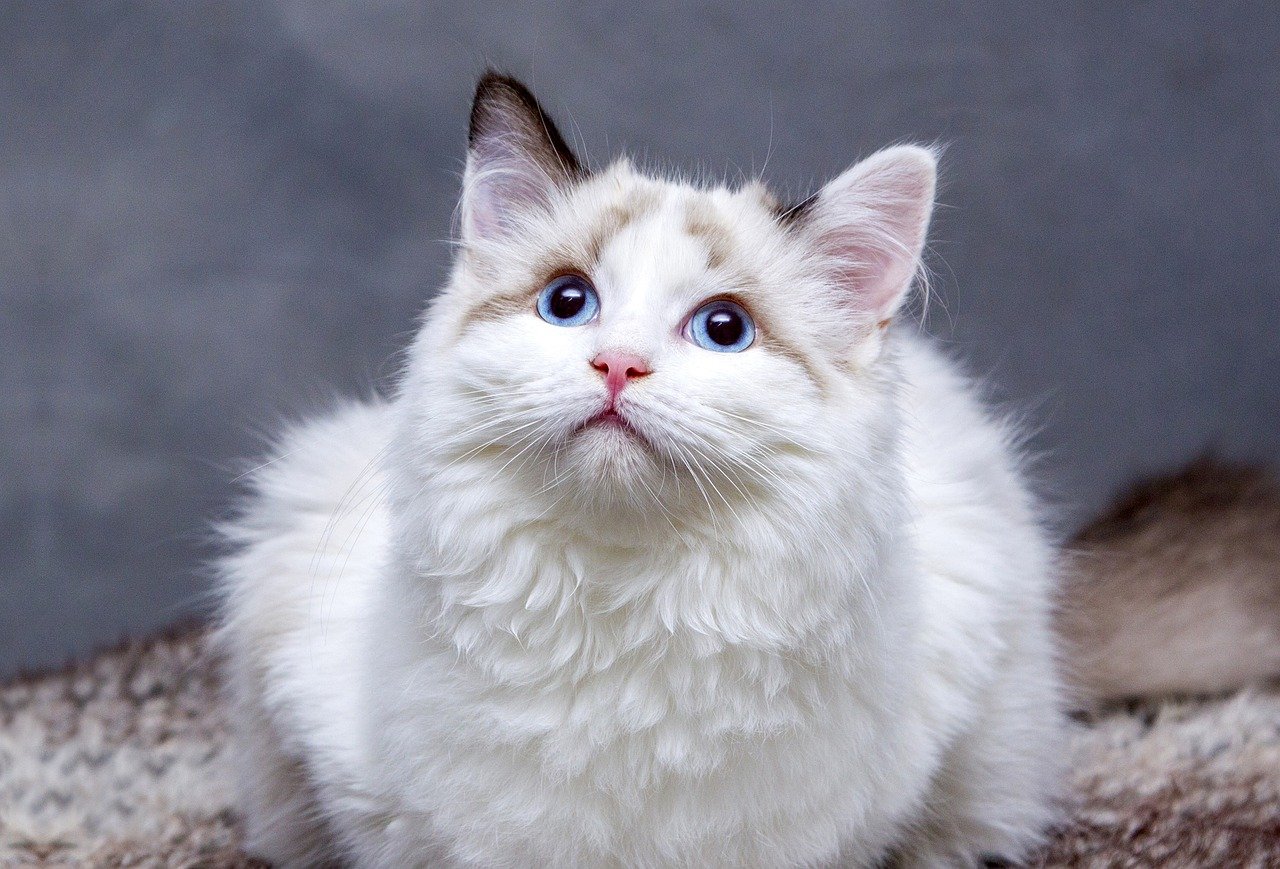
Personalized Pet Bowls
When it comes to our furry friends, why not add a personal touch to their dining experience? are a fantastic way to let your child's creativity shine while also making mealtime feel special for pets. Imagine your dog's delight when they see their name painted in bright colors on their bowl or a whimsical design that reflects their personality! Engaging in this craft not only allows kids to express themselves but also strengthens the bond between them and their pets. So, let’s dive into some fun ways to customize those feeding dishes!
Painting is one of the simplest and most enjoyable ways to personalize pet bowls. With just a few supplies, kids can transform plain ceramic or plastic bowls into colorful masterpieces. Start by gathering non-toxic acrylic paints, paintbrushes, and a few inspiration ideas. Kids can choose to paint their pet's name, paw prints, or even fun patterns like polka dots or stripes. The beauty of painting is that it allows for creativity to flow freely, and there are no strict rules. To ensure the paint adheres well, it’s essential to clean the bowls thoroughly before starting. Once painted, let the bowls dry completely, and consider sealing them with a clear, non-toxic sealant to protect the artwork from wear and tear during mealtime.
If painting isn't quite your child's style, then decoupage might be the perfect alternative! This technique involves gluing cut-out images or designs onto the surface of the bowl using a special decoupage glue. Kids can choose images from magazines, print their favorite characters, or even use stickers. The result? A unique, whimsical bowl that tells a story! To start, simply cut out the desired images, apply a thin layer of decoupage glue to the bowl, and carefully place the images on top. Finish by applying another layer of glue over the top to seal everything in. This method not only makes for a fun project but also teaches kids about layering and design. Plus, it’s a fantastic way to recycle old magazines!
In summary, personalizing pet bowls is not just a craft; it's an experience that brings joy to both kids and pets alike. The next time your child asks what they can do for their beloved furry friend, suggest making a personalized bowl. It’s a simple yet meaningful way to show love and creativity!
- What materials do I need to personalize a pet bowl? You'll need a plain bowl (ceramic or plastic), non-toxic acrylic paints or decoupage glue, brushes, and any decorative items like stickers or cut-out images.
- Can I put painted bowls in the dishwasher? It’s best to hand wash personalized bowls to preserve the artwork, especially if you’ve used acrylic paints.
- How do I ensure the paint stays on the bowl? Allow the paint to dry completely and consider sealing it with a non-toxic sealant to protect it from scratches and wear.
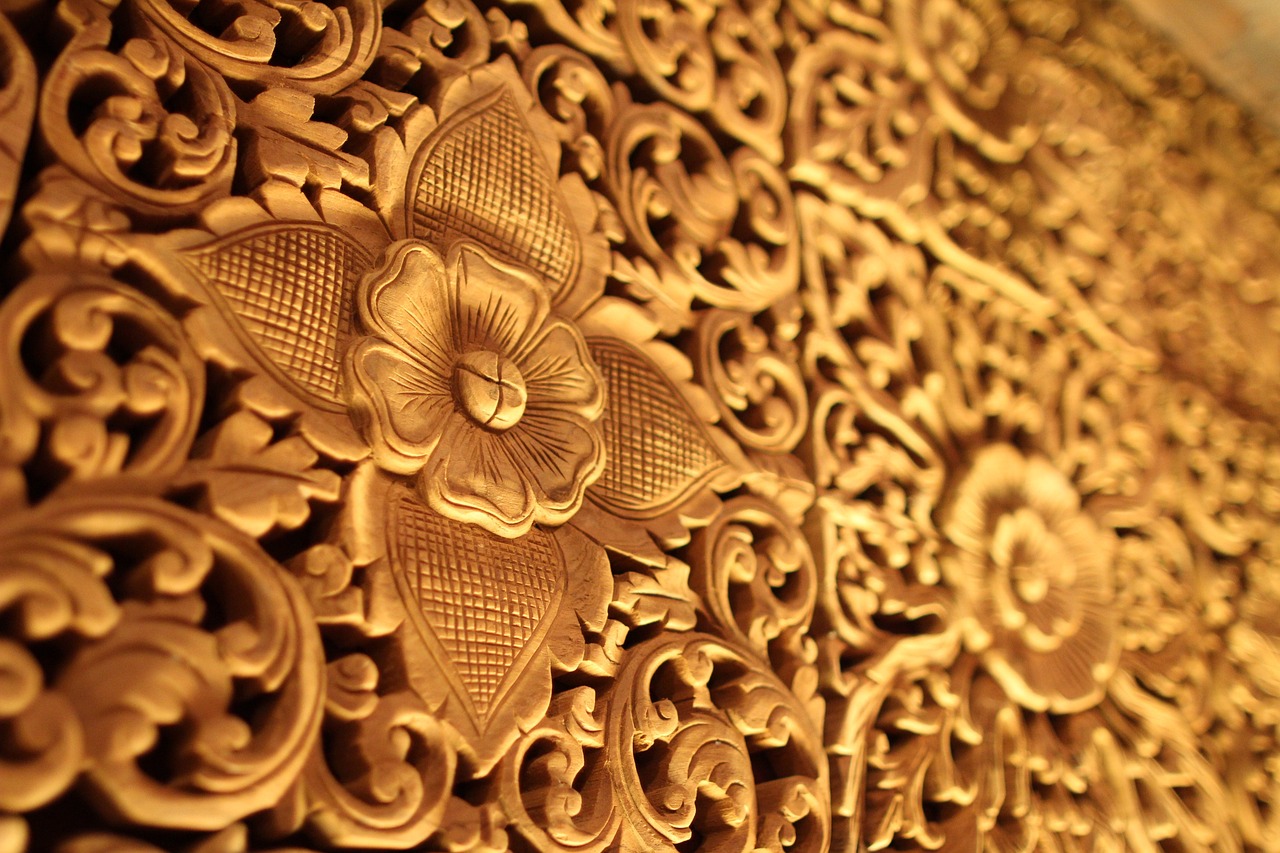
Painting Techniques
When it comes to decorating pet bowls, can truly unleash a child's creativity. Imagine a simple, plain bowl transforming into a vibrant piece of art that reflects the personality of both the pet and the young artist! There are several techniques kids can use to create stunning designs. For instance, using a basic brush to apply acrylic paint can yield fantastic results. Acrylic paint is not only versatile but also safe for pets, making it a great choice for this project. Kids can experiment with different brush strokes, from bold and thick to delicate and fine, allowing their imagination to run wild.
Another exciting method is the sponge painting technique. Using a sponge instead of a brush can create a unique texture that adds depth to the design. Kids can dip the sponge into different colors and dab it onto the bowl to create a fun, speckled effect. This method is not only easy but also incredibly forgiving, making it perfect for little hands that might be a bit unsteady. Plus, mixing colors on the sponge can lead to delightful surprises, resulting in shades and patterns that are entirely unique!
For those looking to add a little sparkle, glitter paint can be a magical touch. Kids can paint their bowls with a base color and then add glitter paint on top for a shimmering finish. Just remember, less is more! A sprinkle of glitter can make the bowl shine without overwhelming the design. Additionally, using stencils can help create fun shapes or patterns, like paw prints or hearts, ensuring that the final product is not only beautiful but also personalized.
After painting, it’s essential to let the bowls dry completely. Depending on the type of paint used, it might be a good idea to seal the design with a clear, non-toxic sealant. This step not only protects the artwork but also makes it easier to clean the bowls in the future. Kids will feel a sense of pride every time they see their pet using a bowl that they decorated themselves, knowing they put their heart and soul into making something special.
To summarize, here are some popular painting techniques for kids to try:
- Acrylic Painting: Use brushes to create colorful designs.
- Sponge Painting: Dabbing with sponges for texture.
- Glitter Painting: Adding sparkle for a magical touch.
- Stencil Art: Creating shapes and patterns easily.
These techniques not only nurture creativity but also provide a wonderful opportunity for kids to bond with their pets. So, gather some supplies, unleash those artistic skills, and let the painting begin!
Q: What type of paint is safe for pet bowls?
A: Acrylic paint is generally safe for pet bowls, but always ensure it’s non-toxic and let it dry completely before use.
Q: Can I use regular craft paint for pet bowls?
A: It's best to use paints specifically labeled as non-toxic and safe for pets. Always check the label.
Q: How can I seal the painted bowls?
A: Use a non-toxic clear sealant to protect the paint and make cleaning easier.
Q: Are there any specific designs that work best?
A: Simple designs like dots, stripes, or stencils of paw prints are easy and fun for kids to create!
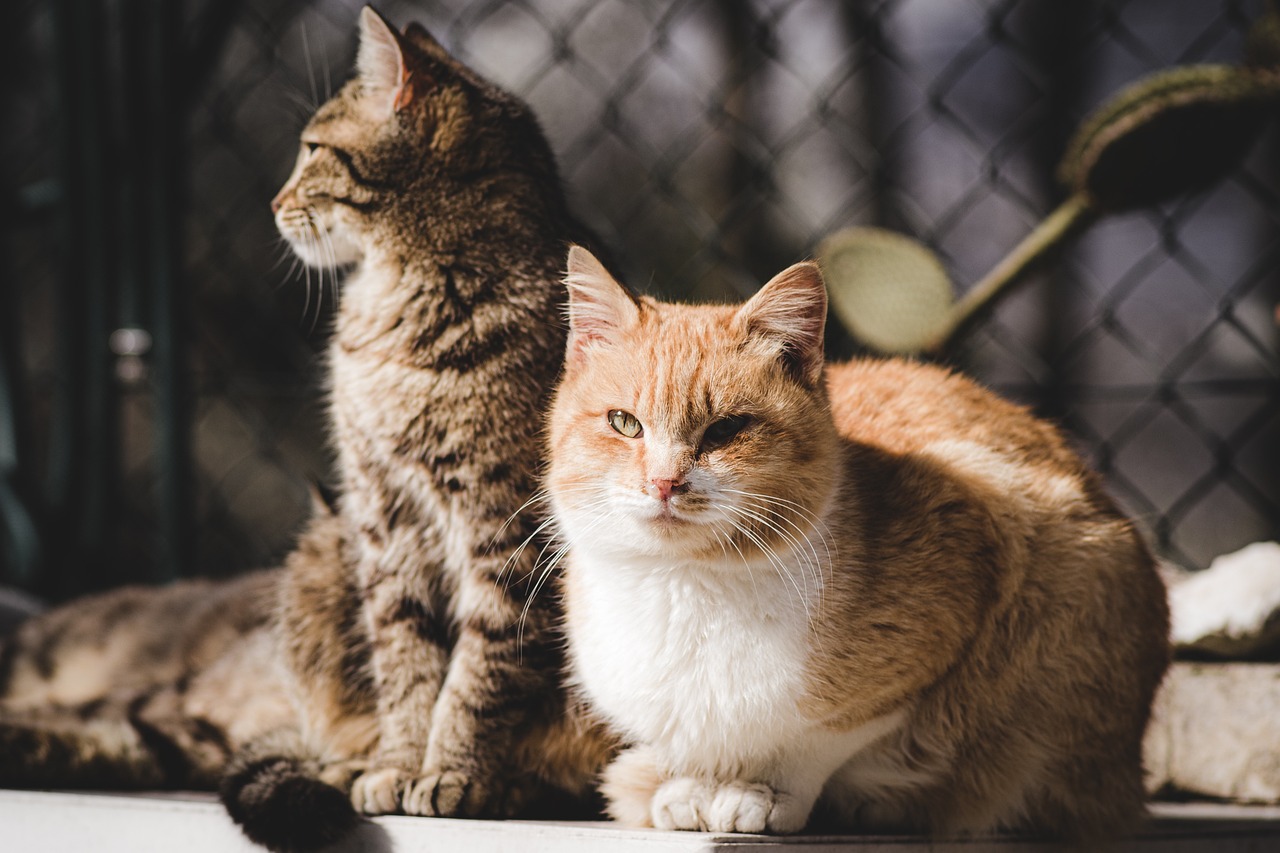
Decoupage Ideas
Decoupage is not just a fancy word; it’s a fantastic way to add a splash of creativity and personality to your pet's feeding area! Imagine transforming a plain, boring bowl into a vibrant masterpiece that reflects your pet's unique personality. The beauty of decoupage lies in its simplicity and the fun it brings to both kids and pets. All you need are some cut-out images, glue, and a little imagination. Kids can choose their favorite themes—like superheroes, animals, or even their own drawings—to make each bowl special.
To get started, gather some materials that you might already have at home. You’ll need:
- Plain ceramic or plastic pet bowls
- Mod Podge or any decoupage glue
- Scissors
- Paintbrushes
- Images or patterns printed on paper
Once you have your materials ready, the fun begins! Start by selecting images that resonate with your pet’s personality or your family’s interests. Kids can cut out pictures from magazines or print fun designs from the internet. After that, apply a layer of glue to the bowl's surface where you want to place the images. Carefully position the cut-outs and press them down gently to avoid air bubbles. Once all the images are in place, seal the entire bowl with another layer of glue. This not only protects the artwork but also gives it a shiny finish that makes it look professional!
One of the best parts about decoupage is that it encourages kids to express themselves artistically. You can even make it a family project! Each member can create their own bowl for their pet, leading to a colorful collection of personalized dishes. Plus, as the bowls are being decorated, kids can learn about the importance of personalizing items and how it reflects love and care for their furry friends.
Don't forget to let the bowls dry completely before using them. Once dry, you’ll have a set of pet bowls that are not only functional but also artistic statements that can brighten up your home. And who knows? Your pet might just appreciate their new dining experience as much as you enjoyed creating it!
Q1: Can I use any type of glue for decoupage?
A1: While you can use various types of glue, it’s best to use decoupage glue like Mod Podge as it is specifically designed for this purpose. It dries clear and provides a protective finish.
Q2: Is decoupage safe for pets?
A2: Yes, decoupage is safe for pets as long as you use non-toxic materials. Ensure that the glue and any finishes used are pet-friendly.
Q3: How do I clean the decoupaged bowls?
A3: To clean decoupaged bowls, gently wash them by hand with mild soap and water. Avoid putting them in the dishwasher to preserve the artwork.

Homemade Pet Treats
Making is not just a fun activity for kids; it's also a fantastic way to ensure your furry friends are eating healthy snacks. Imagine the joy on your pet's face when they get to munch on something delicious that you made with your own hands! Plus, involving children in the kitchen fosters a sense of responsibility and creativity. It’s like turning your kitchen into a mini bakery where both kids and pets are the stars of the show!
To get started, you don’t need a fancy recipe book. Many simple recipes can be found online or even created from ingredients you probably already have in your pantry. The best part? You can customize these treats to suit your pet's tastes! For instance, if your dog loves peanut butter, you can whip up a batch using just a few ingredients. Here’s a quick overview of some healthy ingredients you might consider:
| Ingredient | Benefits |
|---|---|
| Peanut Butter | High in protein and healthy fats; dogs love the taste! |
| Pumpkin | Great for digestion; rich in vitamins. |
| Oats | Good source of fiber; helps keep pets full. |
| Carrots | Low in calories; excellent for dental health. |
Once you gather your ingredients, it’s time to get creative! Kids can help with measuring, mixing, and even cutting out shapes using cookie cutters. Imagine making bone-shaped treats or fun little fish for your dog or cat. The process itself is a delightful bonding experience, and the end result is a tasty reward for your pet. Just think of it as a culinary adventure where you and your kids are the chefs, and your pets are the lucky taste testers!
When it comes to baking, always remember to keep an eye on the oven. Kids can learn about the importance of safety in the kitchen while having a blast creating pet-friendly goodies. Plus, they can decorate the treats with a sprinkle of pet-safe toppings, making each treat a masterpiece. It’s like hosting a little art show for your pets, where they are the ultimate critics!
After baking, let the treats cool down and store them in an airtight container. You can even get creative with packaging! Kids can help decorate jars or boxes to present their homemade treats as gifts for friends with pets. It’s a win-win situation: they learn to share their creations while spreading joy to other pet owners!
Q: Can I use regular flour for pet treats?
A: While regular flour is generally safe, consider using whole wheat or oat flour for a healthier option that’s easier on your pet's stomach.
Q: Are there any ingredients I should avoid?
A: Yes! Avoid using ingredients like chocolate, grapes, and onions, as they can be toxic to pets.
Q: How long can I store homemade pet treats?
A: Typically, homemade pet treats can last for about a week if stored in an airtight container in the fridge. For longer storage, consider freezing them.
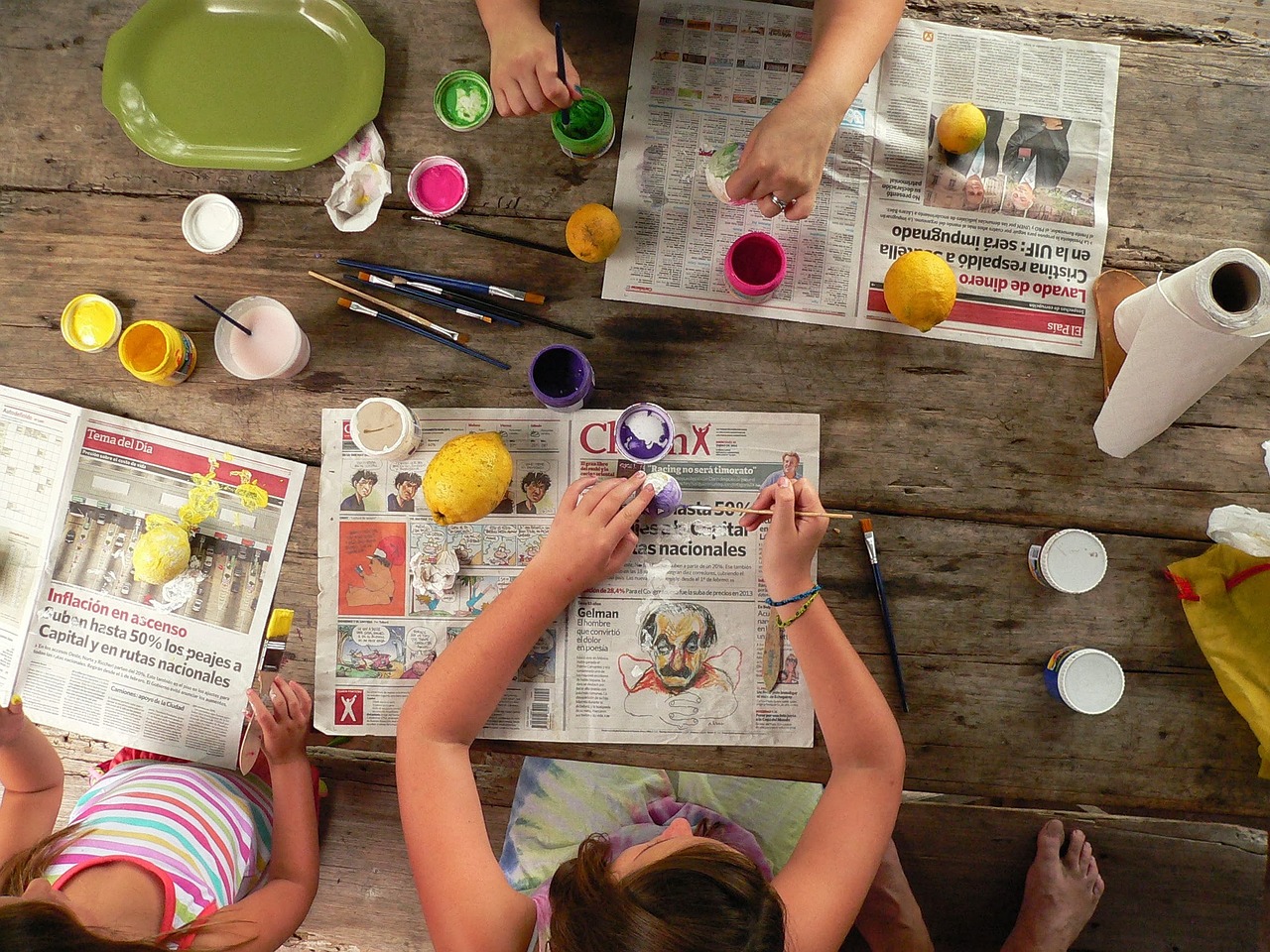
Healthy Ingredients
When it comes to making homemade pet treats, are the backbone of a nutritious snack. Just like we need to be mindful of what we eat, our furry friends deserve the same consideration. Using fresh, wholesome ingredients not only ensures that your pets are getting the best possible nutrition, but it also avoids the harmful additives often found in commercial pet treats. Think of it this way: would you want to eat something filled with mystery ingredients? Probably not! Similarly, our pets thrive on transparency in their food.
So, what are some of these that you can incorporate into your pet's treats? Here are a few options that are not only safe but also beneficial for your pets:
- Peanut Butter: A favorite among dogs, peanut butter is packed with protein and healthy fats. Just make sure it's free from xylitol, which is toxic to pets.
- Pumpkin: This superfood is rich in fiber and vitamins. It's great for digestion and can even help with those pesky hairballs!
- Sweet Potatoes: Loaded with vitamins A, C, and B6, sweet potatoes are a fantastic source of energy and can be easily mashed or baked into treats.
- Oats: Oats are an excellent source of fiber and can be a great base for many homemade treats. They’re also gluten-free!
- Carrots: Crunchy and delicious, carrots are low in calories and high in vitamins. They make a great treat and can help keep your pet's teeth clean.
By choosing these ingredients, you're not just making treats; you're creating wholesome experiences that your pets will love. Imagine the joy on their faces when they realize you’ve baked something special just for them! Plus, involving your kids in the preparation process can teach them about nutrition and the importance of healthy eating, not just for themselves but for their beloved pets, too.
To give you a clearer picture, here’s a simple table summarizing the benefits of these ingredients:
| Ingredient | Benefits |
|---|---|
| Peanut Butter | Rich in protein and healthy fats |
| Pumpkin | High in fiber, great for digestion |
| Sweet Potatoes | Loaded with vitamins and energy |
| Oats | Source of fiber, gluten-free option |
| Carrots | Low-calorie, high in vitamins |
In conclusion, using in your homemade pet treats is a win-win situation. Your pets get to enjoy delicious snacks that are good for them, and your kids learn the value of cooking with care and consideration. So grab those ingredients, roll up your sleeves, and let the fun begin!
Q: Can I use regular flour in pet treats?
A: It's best to use whole grain or oat flour instead of regular flour. This is healthier and easier for pets to digest.
Q: Are there any ingredients I should avoid?
A: Yes, avoid chocolate, grapes, raisins, onions, garlic, and anything with xylitol, as these can be toxic to pets.
Q: How can I store homemade pet treats?
A: Store them in an airtight container in the fridge for up to a week or freeze them for longer storage.
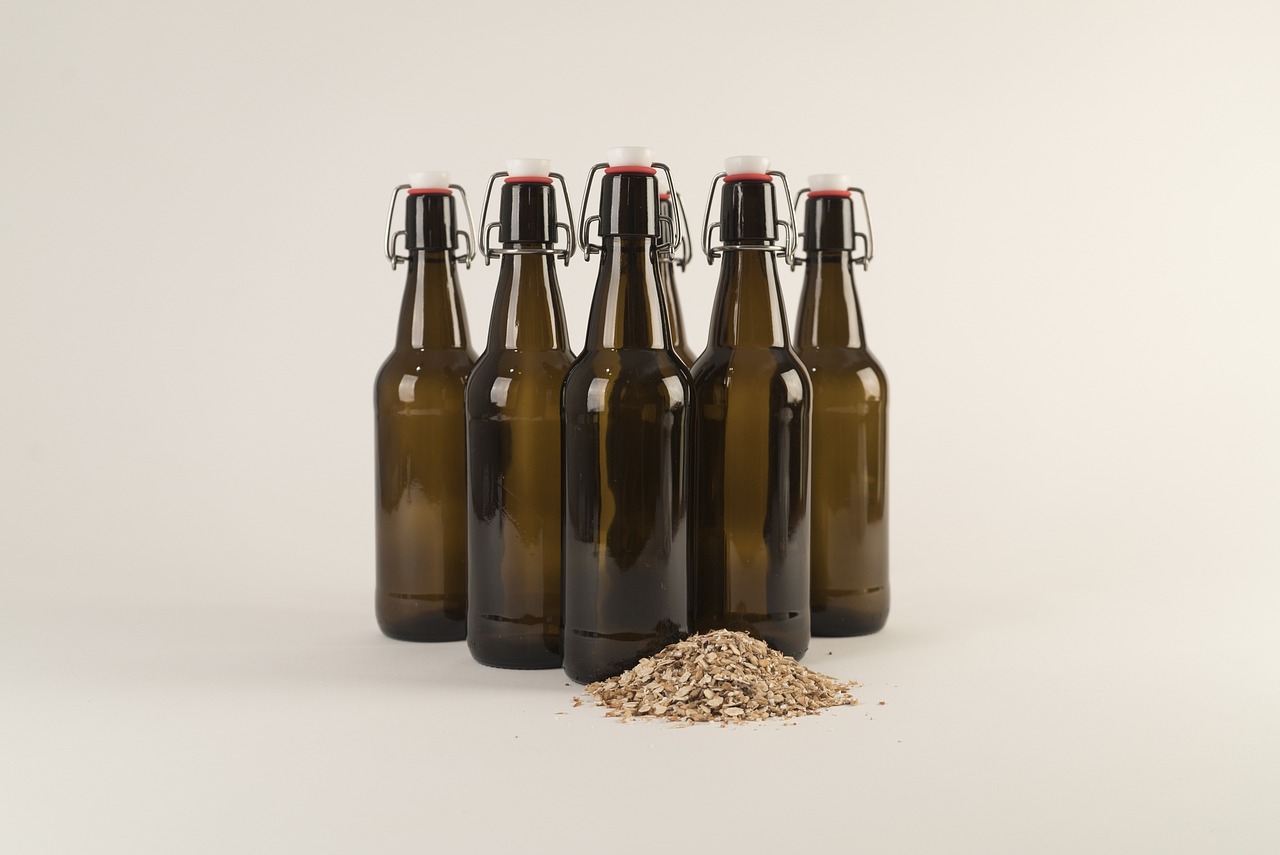
Fun Shapes and Sizes
When it comes to making pet treats, why settle for boring old squares or circles? Kids can unleash their creativity by using cookie cutters to create treats in all sorts of . Imagine a delightfully shaped bone, a whimsical fish, or even a star that your furry friend can munch on! This not only makes the treats more visually appealing but also adds an element of excitement to snack time for your pets.
Using cookie cutters is as easy as pie! All you need is your favorite pet treat recipe, some dough, and a selection of cookie cutters. Kids can choose shapes that represent their pets or even seasonal themes, like hearts for Valentine's Day or pumpkins for Halloween. This process can become a cherished tradition, where each holiday brings a new batch of uniquely shaped treats that reflect the spirit of the season.
But wait, there's more! Kids can also experiment with different flavors and textures while shaping their treats. For instance, they could mix in some peanut butter for a creamy treat or add oats for a crunchy texture. The possibilities are endless! By engaging in this fun activity, children not only learn about cooking but also about making healthy choices for their pets.
To make it even more interactive, why not have a little taste test? After baking, kids can let their pets choose their favorite shapes. This could be a hilarious and heartwarming moment, as pets excitedly sniff and nibble on the various shapes. It’s a delightful way to bond with pets and create lasting memories.
In conclusion, making pet treats in fun shapes and sizes is a fantastic way for kids to express their creativity while ensuring their furry friends enjoy delicious, homemade snacks. So, gather your ingredients, grab those cookie cutters, and get ready for some tail-wagging fun!
- What ingredients are safe for making homemade pet treats?
Common safe ingredients include peanut butter (make sure it’s xylitol-free), pumpkin puree, oats, and certain fruits like apples and bananas. Always check with your vet if you're unsure about any ingredient!
- Can I use human cookie cutters for pet treats?
Absolutely! Just make sure they are clean and safe for food use. Fun shapes can add an extra layer of enjoyment for both kids and pets.
- How long do homemade pet treats last?
Homemade treats typically last about a week if stored in an airtight container. For longer storage, consider freezing them!
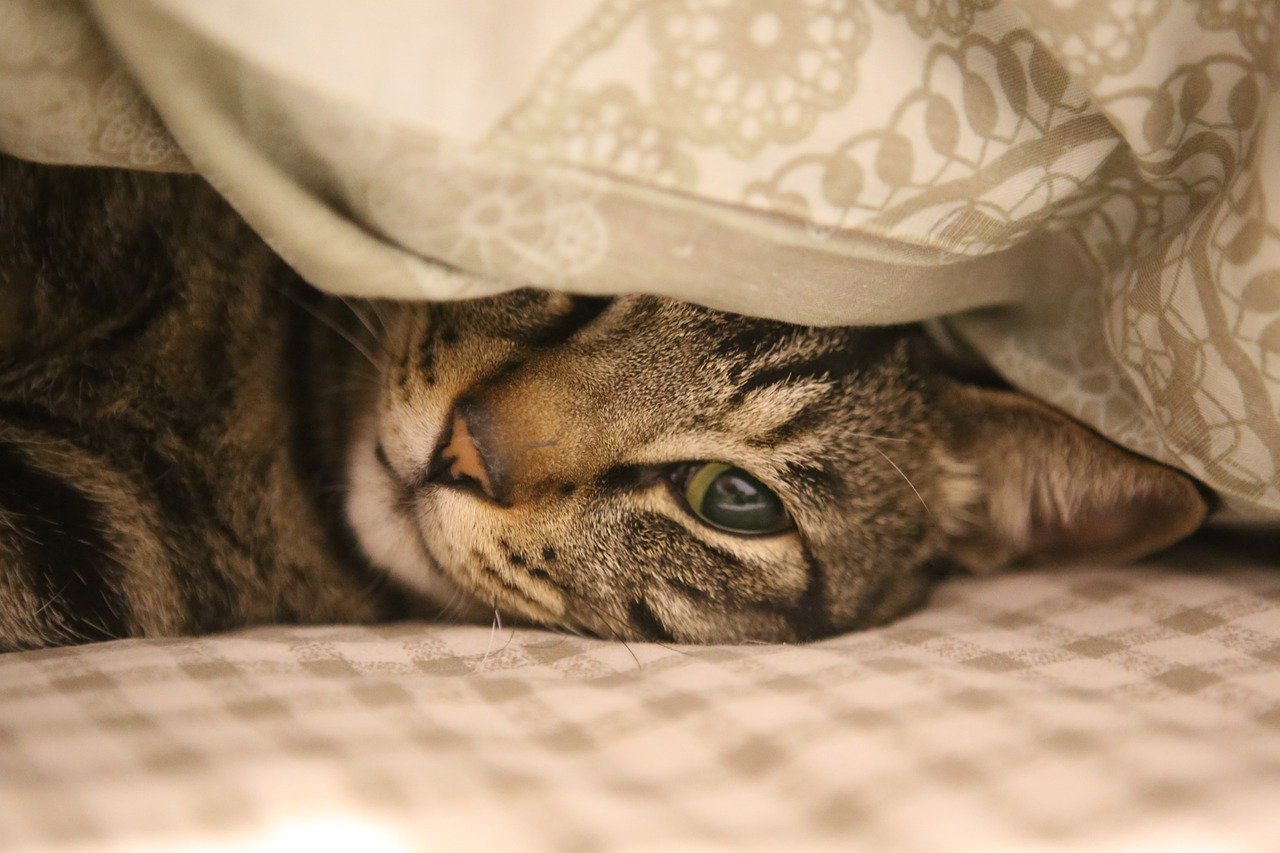
Pet Costumes and Accessories
Creating pet costumes and accessories is not only a fantastic way for kids to express their creativity but also a delightful opportunity to bond with their furry companions. Imagine your child transforming a simple old t-shirt into a superhero cape for their dog or crafting a whimsical hat for their cat. These projects can spark joy and laughter, turning your living room into a mini fashion show for pets. Plus, engaging in these fun activities allows kids to learn important skills such as sewing, cutting, and designing while they let their imaginations run wild.
One of the best parts about making pet costumes and accessories is that you don’t need fancy materials. Often, you can use items you already have at home. For instance, old fabric scraps, buttons, and even cardboard can be repurposed into unique creations. Kids can create everything from stylish collars and bow ties to adorable costumes for special occasions like Halloween or birthday parties. The process is simple: gather materials, sketch a design, and start crafting!
When designing costumes, it’s essential to consider your pet’s comfort. Not all pets enjoy wearing clothes, so it’s crucial to ensure that any costume is lightweight and doesn’t restrict movement. Here are some tips to keep in mind:
- Choose breathable fabrics: Materials like cotton or felt are soft and comfortable for pets.
- Ensure a proper fit: Measure your pet before cutting fabric to avoid any mishaps.
- Keep it simple: Sometimes, a simple accessory like a bowtie or a bandana can be just as charming as a full costume.
Furthermore, accessories can be as simple as creating a stylish collar or a fun bandana. Kids can personalize these items by adding their pet's name or decorating them with fun patterns. A simple bandana can be made from a square piece of fabric, folded into a triangle, and tied around the pet’s neck. It’s a quick and easy project that can add a splash of personality to any pet.
For those looking to take their crafting to the next level, consider organizing a pet fashion show at home. Kids can dress their pets in the costumes they’ve created and showcase their creativity to family and friends. This event not only boosts their confidence but also creates lasting memories. Plus, who doesn’t love a cute pet parade?
Incorporating these fun craft ideas into your routine can help children develop a sense of responsibility and empathy towards animals. They learn that pets are not just companions but also deserving of love and care, which is reflected in the thoughtful costumes and accessories they create. So, gather your materials, unleash your creativity, and get ready to craft some unforgettable outfits for your furry friends!
Q: What materials are best for making pet costumes?
A: Soft, breathable fabrics like cotton or felt are ideal for pet costumes. Avoid anything that could irritate your pet's skin.
Q: How can I ensure my pet is comfortable in their costume?
A: Make sure the costume fits well and allows for free movement. Observe your pet while they wear the costume to ensure they are comfortable.
Q: Are there any safety tips to consider when making pet costumes?
A: Yes! Avoid small parts that could be chewed off and swallowed, and ensure that the costume doesn’t obstruct your pet's vision or movement.

Pet Beds and Blankets
Creating cozy beds and blankets for pets is not only a fun project for kids but also a wonderful way to show love and care for their furry friends. Imagine your child, with a big smile on their face, sewing together scraps of fabric to make a soft haven for their pet. This is more than just a craft; it’s a heartfelt gesture that strengthens the bond between kids and their animals. Plus, it’s a fantastic opportunity to teach children about repurposing materials and the importance of sustainability.
To get started, gather some old fabric scraps, which can be anything from worn-out t-shirts to leftover quilting materials. The beauty of this project is that it allows for creativity. Kids can mix and match colors and patterns, turning something that might have been thrown away into a cozy retreat for their pets. Not only does this encourage artistic expression, but it also helps kids learn the value of reusing materials, promoting an eco-friendly mindset.
When it comes to making a pet bed, there are several simple sewing techniques that kids can learn, such as basic stitches, which are perfect for beginners. For example, a simple running stitch can be used to sew the edges of the fabric together, creating a comfortable cushion for a pet to lay on. Alternatively, for those who might be a bit more adventurous, a whip stitch can provide a sturdier finish. The sense of accomplishment that comes from completing a sewing project is incredibly rewarding, especially when they see their pet enjoying the fruits of their labor.
Moreover, if sewing isn't quite your child's thing, there are no-sew options as well! Kids can tie fabric scraps together to create a simple blanket or bed. This method is not only easy but also allows for a lot of creativity in choosing fabric combinations. It’s like creating a patchwork quilt without the hassle of using a sewing machine. Just imagine the joy on your pet's face when they snuggle up in a blanket made just for them!
Another fantastic idea is to upcycle old clothes or fabric into pet blankets. This approach not only gives a new life to items that may have been discarded, but it also teaches kids about the importance of sustainability. They can cut fabric into squares or strips and sew them together to create a unique and colorful blanket. This way, every time they see their pet curled up in their handmade creation, they’ll remember the fun they had making it.
In summary, crafting pet beds and blankets is a delightful way for kids to engage their creativity while also learning valuable skills. It’s a win-win situation! Not only will they create something special for their furry companions, but they will also gain a sense of pride and accomplishment. So, gather those fabric scraps, grab some thread, and let the crafting fun begin!
| Question | Answer |
|---|---|
| What materials do I need to make a pet bed? | You can use old fabric scraps, a sewing kit, or even no-sew options like tying fabric together. |
| How can I ensure the pet bed is comfortable? | Use soft fabrics and add extra padding with old blankets or towels for added comfort. |
| Can kids really learn to sew? | Absolutely! Basic sewing techniques are easy to learn and a great way for kids to express their creativity. |
| What if I don’t have sewing materials? | No worries! You can create a no-sew blanket by tying together fabric scraps. |
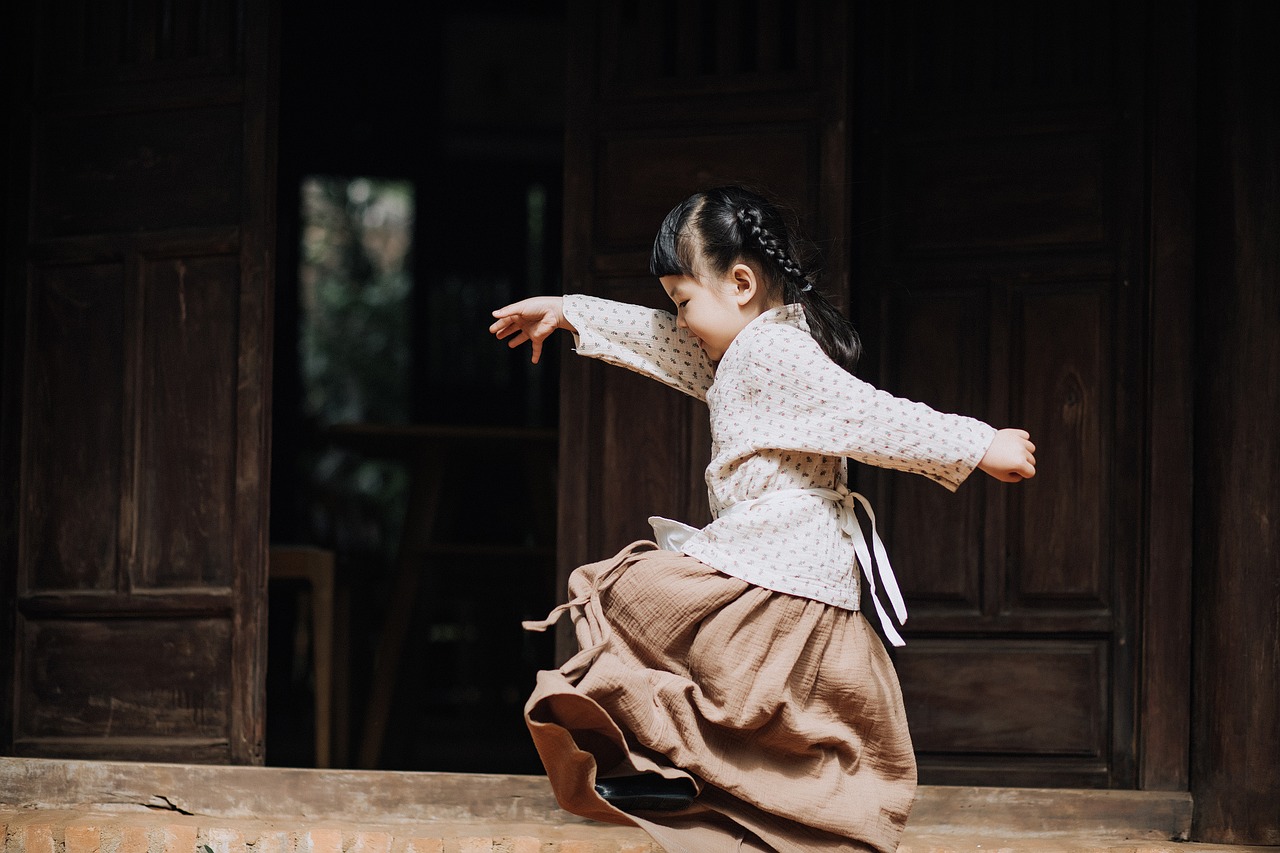
Simple Sewing Techniques
Sewing is not just for adults; it's a fantastic skill that kids can learn while crafting cozy beds and blankets for their beloved pets. Starting with simple sewing techniques can be as easy as threading a needle and tying a knot! Imagine the joy on your child's face as they make something special for their furry friend. With just a few basic stitches, children can create comfortable resting spots that pets will love. The most common stitches to begin with are the running stitch and the whip stitch, both of which are simple yet effective for various projects.
The running stitch involves passing the needle in and out of the fabric in a straight line, creating a series of small, even stitches. It's perfect for joining two pieces of fabric together or for outlining a design. On the other hand, the whip stitch is ideal for sewing the edges of fabric together, making it a great choice for finishing the seams of a pet bed or blanket. As children practice these stitches, they’ll not only improve their sewing skills but also develop patience and focus.
To make the sewing process even more enjoyable, you can set up a little sewing station with all the necessary materials. Here’s a quick list of what you might need:
- Fabric scraps (old t-shirts or sheets are perfect)
- Needles (child-friendly ones, of course)
- Thread (choose colors that match or contrast with the fabric)
- Scissors
- Pins or clips to hold fabric in place
Once the sewing station is ready, encourage your kids to get creative! They can design their pet's bed with fun patterns or even add a personal touch by sewing their pet's name onto the fabric. This not only makes the project more special but also instills a sense of ownership and pride in their work. Plus, sewing together can be a delightful bonding experience for kids and parents alike, creating lasting memories while crafting something cozy for their furry companions.
As a bonus tip, you can teach kids about the importance of using eco-friendly materials. By upcycling old clothes or fabric, they can create something beautiful while also learning about sustainability. This approach not only reduces waste but also sparks creativity, as children discover new ways to repurpose materials. Who knew that a simple sewing project could be both fun and educational?
Q: What age is appropriate for kids to start sewing?
A: Kids as young as 5 can start with basic hand sewing projects, while older children can learn machine sewing with supervision.
Q: How can I keep my child safe while sewing?
A: Always supervise your child, use child-safe scissors and needles, and teach them to handle tools carefully.
Q: What types of fabric are best for beginners?
A: Cotton fabric is a great choice for beginners as it is easy to work with and comes in a variety of fun patterns.
Q: Can sewing help improve my child's skills?
A: Absolutely! Sewing enhances fine motor skills, boosts creativity, and teaches problem-solving.
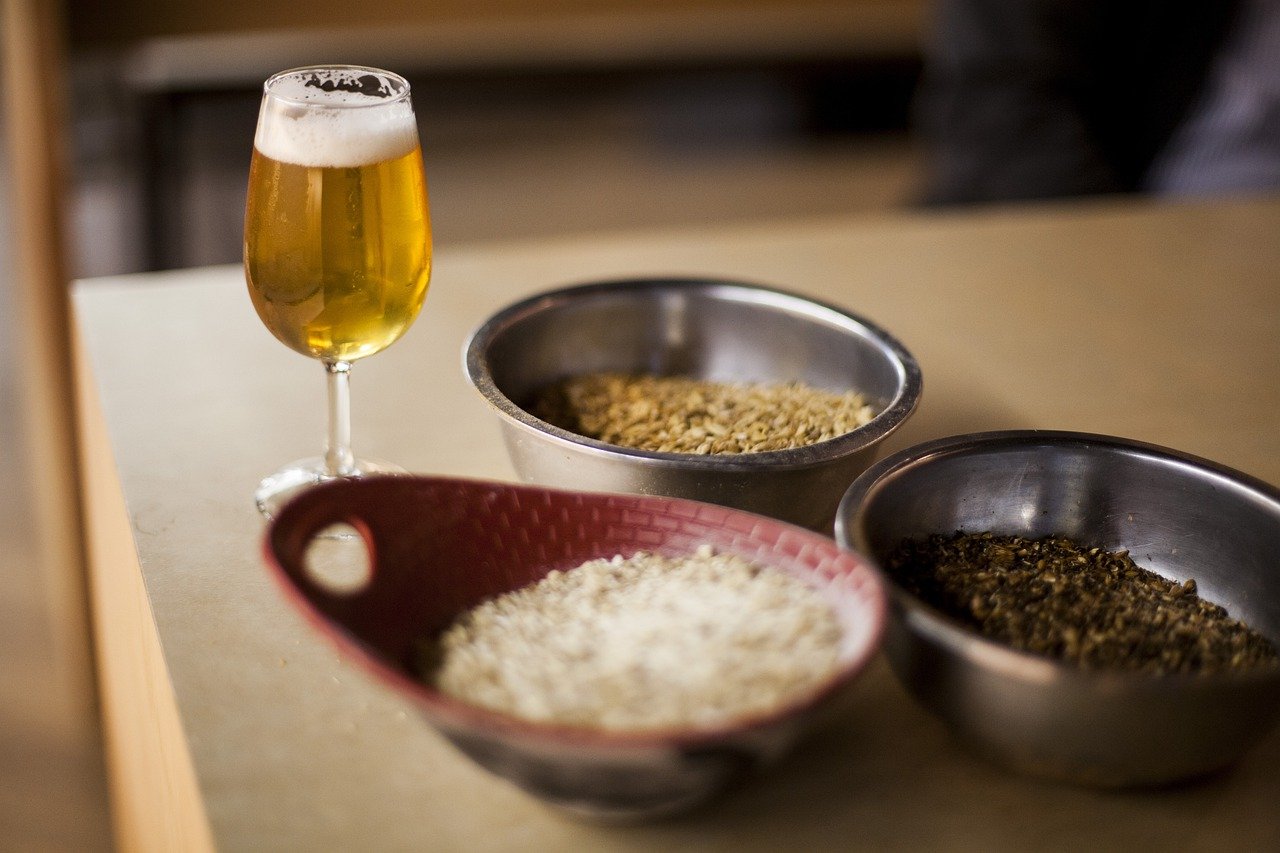
Upcycling Materials
Upcycling is not just a buzzword; it's a fantastic way to breathe new life into old materials while also creating something special for your furry friends. Imagine transforming that old, worn-out t-shirt or those fabric scraps from your last sewing project into a cozy blanket or a stylish pet bed. Not only does this process help reduce waste, but it also teaches kids valuable lessons about creativity and sustainability. By using materials that would otherwise end up in the trash, children can feel a sense of accomplishment in knowing they’ve made something beautiful and functional for their pets.
When thinking about upcycling, the possibilities are nearly endless! For instance, consider using:
- Old T-Shirts: These can be cut and braided to create chew toys or used as fabric for a pet bed.
- Old Towels: Soft and absorbent, they make excellent materials for pet blankets or beds.
- Fabric Scraps: Leftover pieces from other projects can be sewn together to make unique pet accessories.
Not only does upcycling allow for creativity, but it also encourages kids to think critically about the resources they have on hand. They can brainstorm different ways to repurpose materials, which is a great exercise in problem-solving. For example, an old pair of jeans can be transformed into a sturdy pet toy by cutting it into strips and braiding them together. This not only keeps pets entertained but also gives kids a sense of pride in their handiwork.
In addition to being fun and eco-friendly, upcycling projects can also be a great bonding experience for kids and their pets. Imagine the joy on a child's face when they see their pet snuggling up in a bed they crafted themselves! It’s these moments that create lasting memories and strengthen the bond between children and their furry companions. So, gather those old materials, unleash your creativity, and watch as your kids turn trash into treasure!
Q1: What materials can I use for upcycling pet projects?
A1: You can use a variety of materials, including old t-shirts, towels, jeans, and fabric scraps. The key is to think creatively about what you have on hand!
Q2: Are there any safety concerns when making pet toys from upcycled materials?
A2: Yes, always ensure that the materials are safe for pets. Avoid using items with small parts that could be chewed off and swallowed, and make sure to wash any fabric to remove dirt or chemicals.
Q3: Can kids participate in these upcycling projects?
A3: Absolutely! Upcycling is a great way for kids to express their creativity and learn about sustainability. Just supervise them, especially when using scissors or sewing materials.
Q4: How do I ensure my upcycled pet bed is comfortable?
A4: Use soft materials and ensure that the bed is adequately stuffed or layered to provide comfort. You can also use a mix of different fabrics to add texture.
Frequently Asked Questions
- What types of DIY pet toys can kids make?
Kids can create a variety of DIY pet toys using common household materials. For instance, they can make tug toys from old t-shirts, or simple balls from socks. Using items like cardboard boxes, plastic bottles, and even tennis balls can lead to hours of entertainment for pets and fun for kids!
- How can we personalize our pet’s bowls?
Personalizing pet bowls is a fun and creative project! Kids can use non-toxic paints, stickers, or even decoupage techniques to decorate the bowls. By adding their pet's name or fun designs, they can make mealtime a little more special for their furry friends.
- What are some healthy ingredients for homemade pet treats?
When making homemade pet treats, it's essential to use healthy ingredients. Options like whole wheat flour, oats, peanut butter (ensure it's xylitol-free), and pureed fruits or vegetables are great choices. These ingredients not only taste good but also provide nutritional benefits for pets.
- Can kids help in making pet costumes?
Absolutely! Making pet costumes is a fantastic way for kids to express their creativity. They can help by choosing fabrics, cutting patterns, and even sewing simple designs. Just ensure the costumes are comfortable and safe for the pets to wear!
- What materials can we use to make pet beds?
Kids can craft pet beds using a variety of materials, including old blankets, pillows, or fabric scraps. Upcycling old clothing into cozy beds is also a fantastic way to teach kids about sustainability while providing comfort for their pets.
- Are there any sewing techniques that are easy for kids to learn?
Yes! Simple sewing techniques like straight stitches or using fabric glue are perfect for beginners. Kids can start with basic projects like sewing up the edges of a pet bed or attaching decorative elements to a blanket. It’s a great way to build their confidence and skills!



















